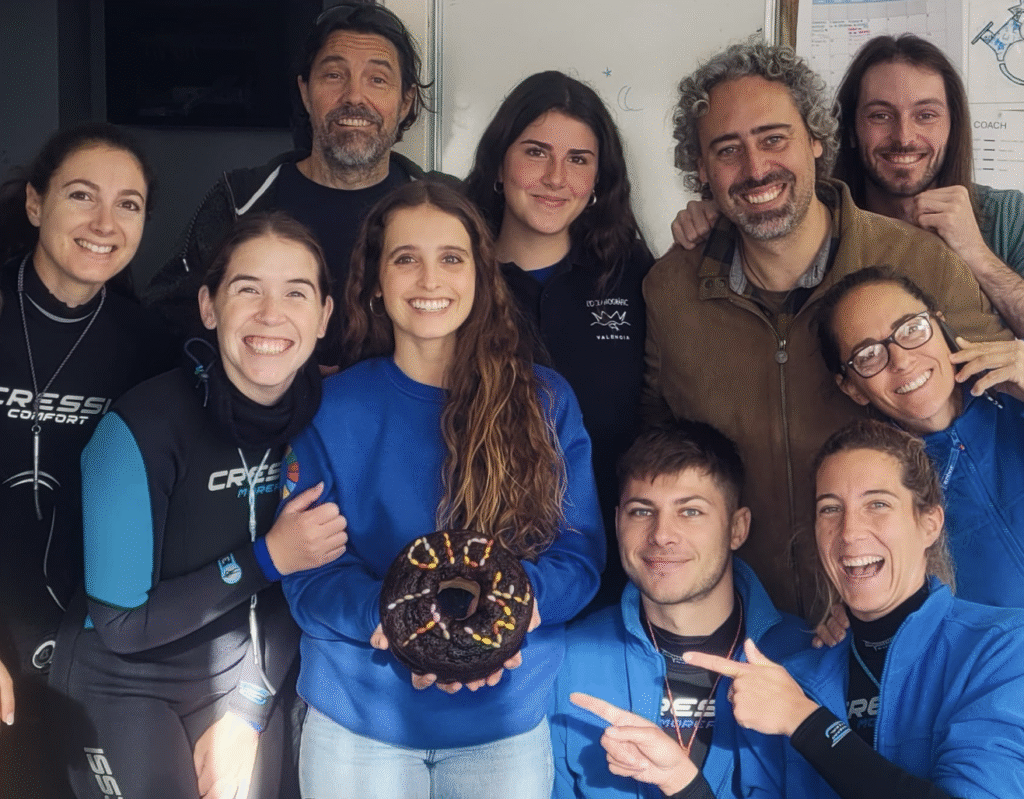Diving heart rate profile
The instantaneous heart rate pattern during diving was characterized by an initial rapid decline, a relatively stable phase throughout the breath-hold, and a gradual increase during ascent. Similar diving profiles have been previously reported in bottlenose dolphins and other species, including the California sea lion and the Weddell seal. Despite individual variation in instantaneous heart rate, the overall pattern of diving bradycardia was consistent across all dolphins.
Influence of depth on heart rate and HRV
Other studies have also found that heart rate decreased with depth in various marine species, including bottlenose dolphins, Weddell seals, harbor seals, California sea lions, narwhals, and loggerhead turtles. Nevertheless, comparing the strength of these relationships across studies is challenging due to differences in analytical methods. Additionally, these studies did not account for the confounding effect of dive duration or pre-dive breathing frequency when evaluating heart rate at different depths. The findings of the present study indicate that depth has a direct influence on heart rate independently of the dive duration and activity, supporting the hypothesis that hydrostatic pressure influences cardiovascular regulation via lung volume changes.
In this study, both CVRR and RMSSD decreased from the pre-dive to the diving phase, indicating reduced beat-to-beat variability in heart rate (i.e., lower HRV). In terrestrial mammals, higher vagal tone is associated with increased HRV due to the cyclical activation and deactivation of vagal input with each breath. Therefore, in terrestrial species, such a reduction in HRV would likely be interpreted as a decrease in vagal tone. However, in marine mammals, vagal activity during apnea may follow a different pattern: vagal tone is likely activated at the onset of the dive and sustained throughout the breath-hold. This sustained vagal input could explain the observed bradycardia during diving, despite the reduction in HRV during this period. Therefore, the lower HRV observed during apnea compared to the surface may not reflect reduced vagal input, but rather a transition from a cyclic, respiratory-coupled vagal input to a steady, sustained vagal modulation during dive.
Influence of pre-diving breathing frequency on diving heart rate
As expected, pre-dive breathing frequency affected heart rate at the surface, but also during diving. The results of this study support the hypothesis that surface-induced cardiovascular patterns driven by respiratory tachycardia affect diving physiology. Therefore, studies evaluating the degree of diving bradycardia should account for breathing frequency.
Influence of apnea duration on diving heart rate and HRV
Heart rate and CVRR showed a progressive decrease during the apnea, whereas RMSSD was not influenced by dive duration. This suggests that while the overall cardiovascular response becomes less variable over time, the short-term regulation of heart rate remains consistent, regardless of the duration of the apnea. Additionally, it may also indicate that the finer-scale autonomic adjustments governing RMSSD may be influenced by factors beyond dive duration alone, such as individual physiological variability or pre-dive state.
Several studies have demonstrated that heart rate decreases with increasing dive duration in marine mammals, including bottlenose dolphins, elephant seals, grey seals, harbor seals, Weddell seals, California sea lions, and harbor porpoises. This decline in heart rate with increasing dive duration is primarily attributed to a greater vagal response, which helps to conserve and optimize the use of available oxygen stores, maximizing time underwater and forage efficiency.
This project was only possible thanks to the incredible dolphin trainers at Oceanogràfic València and their amazing animals! I would also like to thank my supervisors, Andreas Fahlman and Angelo Torrente, whose expertise and support were invaluable.
Thank you! WE did it!
